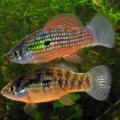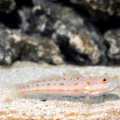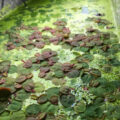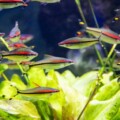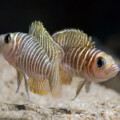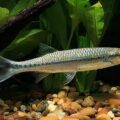As a brackish water species, the Columbian Shark catfish has unique environmental needs. In this guide, you’ll learn how to simulate a migratory water system for your pets to keep them healthy and active.
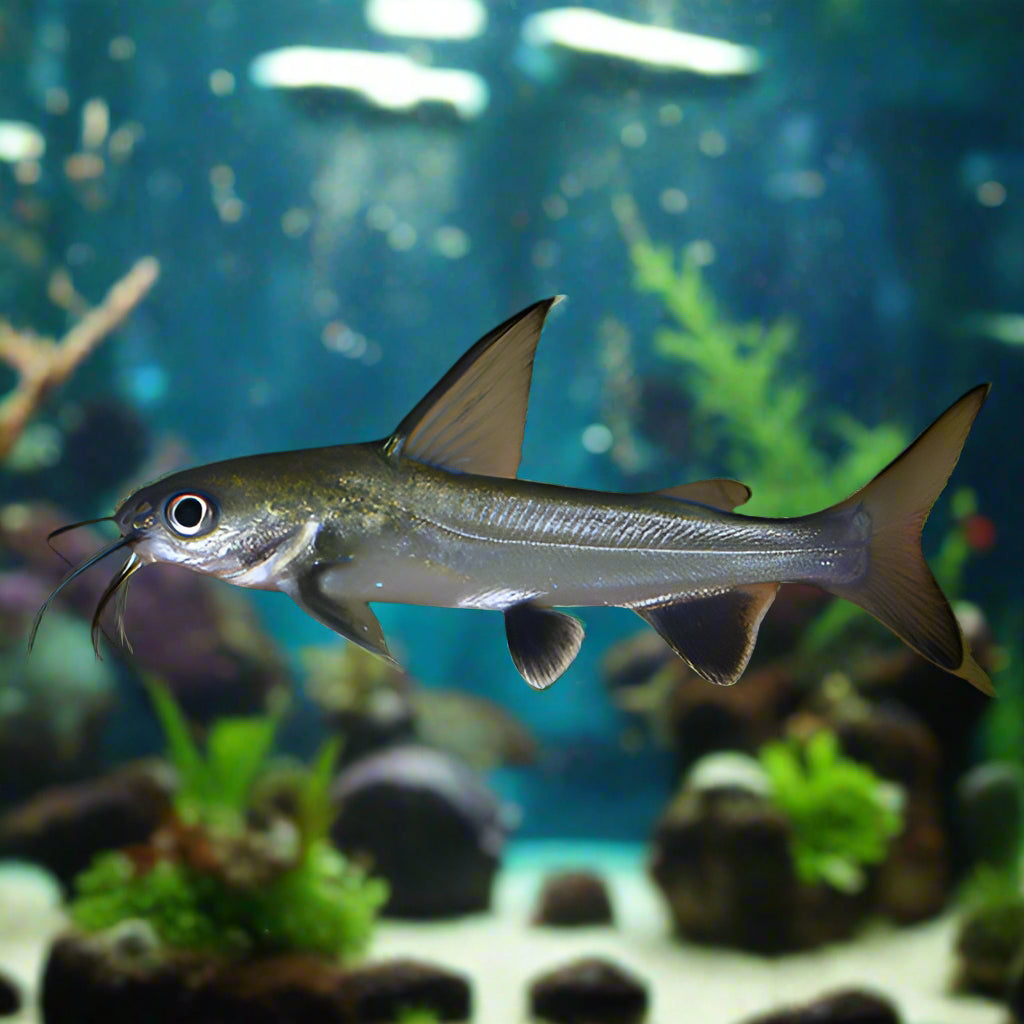
Introduction
Have you ever considered designing a brackish catfish aquarium? It’s a rare choice for aquarists who prefer common freshwater species, but some brackish water pets like Ariopsis seemanni, popularly called the Columbian Shark catfish, are worth the extra effort.
So, let’s make an Ariopsis seemanni introduction for first-timers who have never heard of this catfish.
It’s a striking catfish known for its sleek body, long whiskers, and active swimming behavior. Despite its common name, you’ll learn from this Columbian Shark fish profile that Ariopsis seemanni isn’t an actual shark.
Author’s Note: Check out our post on the 14 Small & Big Freshwater Pet Sharks for more Freshwater Home Aquarium compatible shark lookalikes.
Quick Sidenote: Do you want to watch this article instead of reading it? Checkout the highlight video below from our YouTube Channel (Or read the more detailed article below), be sure to Subscribe For More Great Fishkeeping Content:
Wild Habitat and Migratory Lifestyle
Due to migratory catfish behavior, Columbian Sharks find their way from freshwater as juveniles to brackish water and eventually marine conditions in adulthood. However, the Ariopsis seemanni’s native habitat is the coastal waters of Central and South America.
As a brackish marine fish species, Columbian Sharks require specific tank conditions with constant adjustments and monitoring.
Tank Setup Tips: From Freshwater to Marine Transition
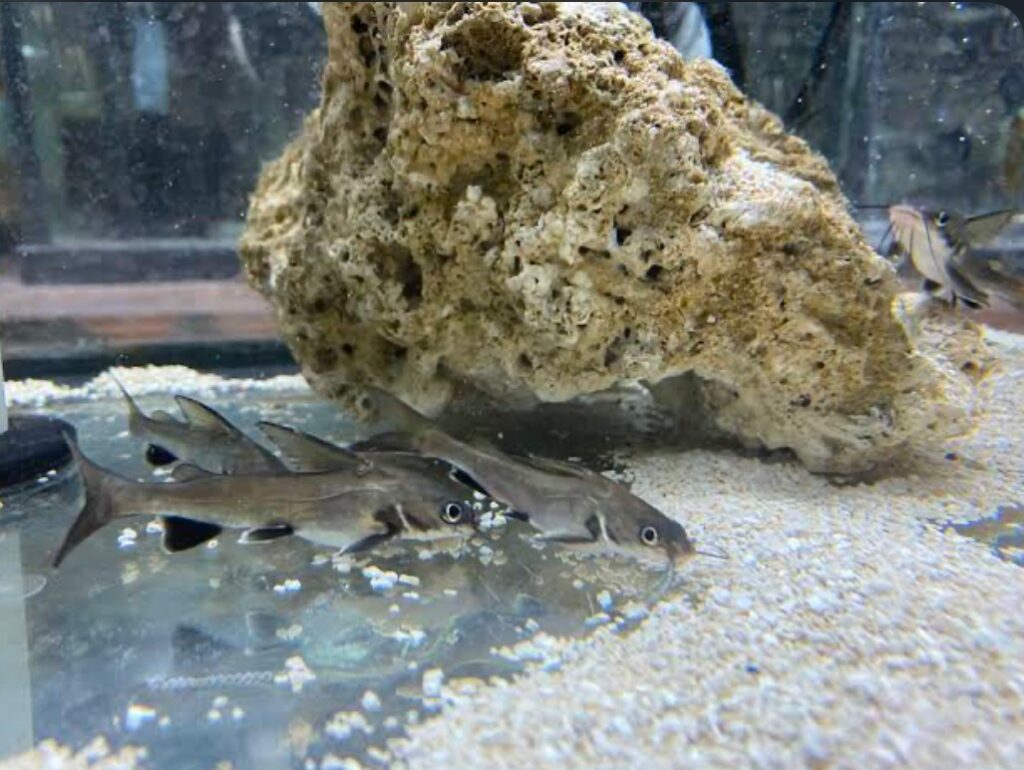
In this guide, you’ll learn about transitioning Columbian Sharks to saltwater in an aquarium. This setup works for juveniles and adults, but pay attention to each one’s size.
Also, we’ll cover minimum tank size, filtration, layout, decor, and safe environmental factors.
Tank Size
Step one in your brackish fish aquarium setup is selecting your tank size and shape. Get a long and wide tank that’s 75 gallons at minimum for enough swimming space and interior decor.
Increase your tank’s size for adult Columbian Sharks, juveniles living with other tank mates, and community aquariums.
Water Type
Now, it’s time to break down the complex Ariopsis seemanni tank conditions, and now you can satisfy their brackish and marine needs.
Start your juvenile Columbian Shark in brackish water, then slowly drain it and replace it with marine water.
| Brackish Water | 1.005 SG |
| Marine Water | 1.018–1.025 SG | 35 ppt |
| Temperature | 75 – 82°F |
| Hardness | 5 – 15 dGH |
| pH Level | 6.5 – 7.5 |
This species thrives in warm, acidic water that’s soft to moderately hard from general materials.
Tank Design
Columbian Sharks, a medium-sized species with an active personality, need open swimming zones for horizontal movement. Add a secure lid to keep them from jumping out of the aquarium, while the interior decor should be smooth and minimal to keep their bodies safe.
To avoid whisker damage, use a smooth substrate like fine sand and small pebbles on the floor. You can also beautify the tank with live plants around the edges and other themed decor with smooth edges.
Physical Features and Growth Potential
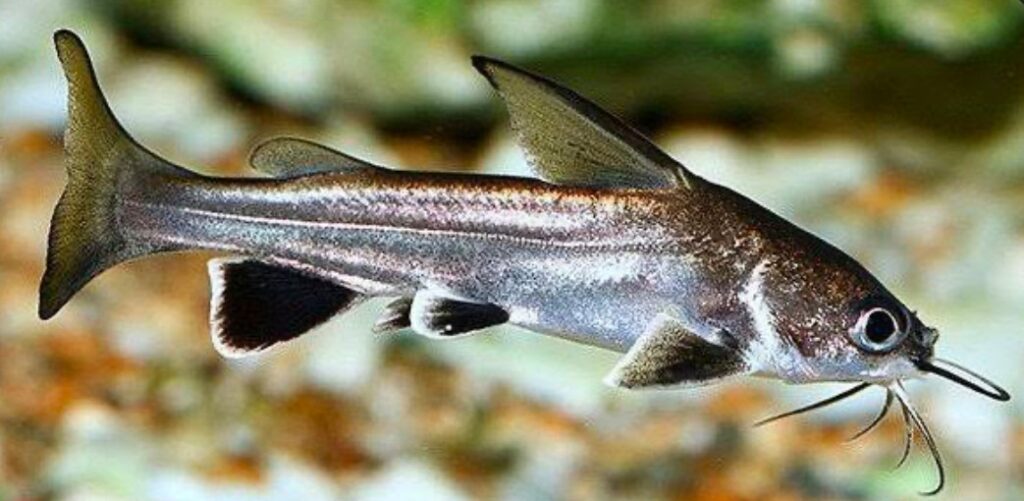
Use this Ariopsis seemanni appearance guide when you visit the aqua-trade market to pick the right species. It includes details on the Columbian Shark’s appearance and unique traits distinguishing it from similar-looking sharks and catfish.
The first step in identifying the Columbian Shark fish is to know its physical appearance. This species’ adult size can be as long as 12 – 14 inches or even more. That’s why they need open swimming areas.
Color Pattern
Next up is the unmistakable silvery-gray body with black-edged translucent fins. There’s a golden-yellow tint on the area from its head to neck, while its big eyes have dark black irises with white sclera.
Unique Traits
Other unique features of this large brackish aquarium fish include its long barbels, streamlined body, high dorsal fin, forked tail, and rapid growth rate. So it’s best to start your aquarium with an average tank size of 75 gallons and upgrade it as your Columbian Shark grows larger.
Feeding the Columbian Shark: Carnivorous and Curious
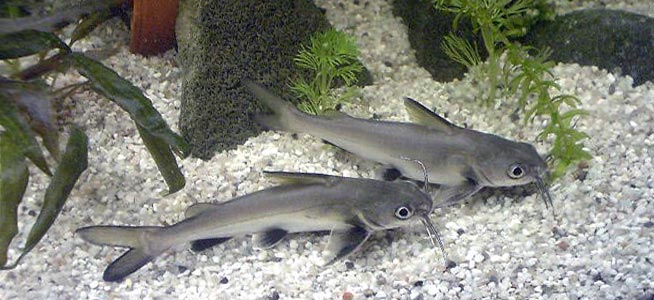
In the wild, Columbian Sharks feed on any animal matter they find. As opportunistic carnivores, a curated carnivorous fish diet plan filled with various foods benefits them in captivity.
Keep reading to see how you can incorporate a high-protein diet with sinking pellets, shrimp, and marine-based foods to support health during their saltwater transition.
Feeding Schedule
Form your Columbian Shark feeding routine around its natural habits, from time to frequency and portions. Because they’re active fish, this species must eat 1 – 2 times daily ot three times if they’re growing juveniles.
Portion control helps you monitor their intake to ensure proper nutrition without encouraging overfeeding and waste. For optimal health, they must finish eating within 3 – 5 minutes of feeding.
Diet Suggestions
Some protein-rich foods for brackish fish like your Columbian Shark catfish include Frozen shrimp, sinking carnivore pellets, and squid bits. Supplement your pet’s food with blanched vegetables and other plant-based foods like zucchini and peeled peas.
This feeding guide typically ensures adequate nutrition for your Columbian Shark, but it becomes irrelevant when your pets compete for food with certain tank mates.
Author’s Note: For more on feeding your aquatic pets check out The Ultimate Guide to Fish Food: Pros and Cons & Best Choices!
Choosing the Right Tank Mates
You can make Ariopsis seemanni community fish, but only if you pair them with other brackish-to-marine tolerant species of similar size and temperament.
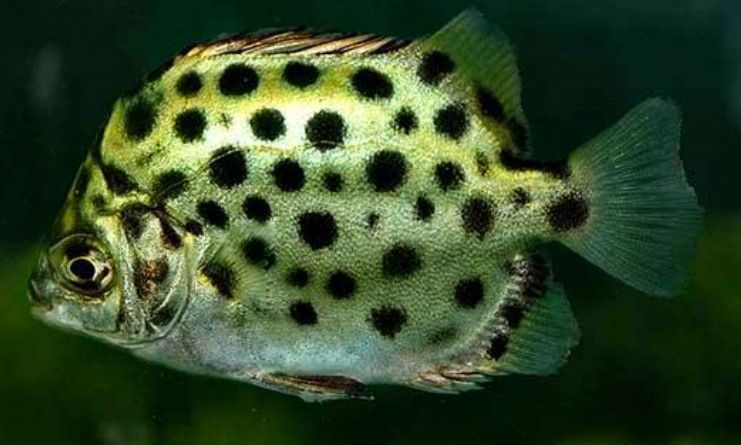
Choosing compatible fish for a brackish setup using these metrics ensures they can cohabitate in one tank without competing for resources or stressing one another. As such, housing Columbian Sharks with small ot slow fish that may become targets or get outcompeted for food is a bad idea.
Compatible Species
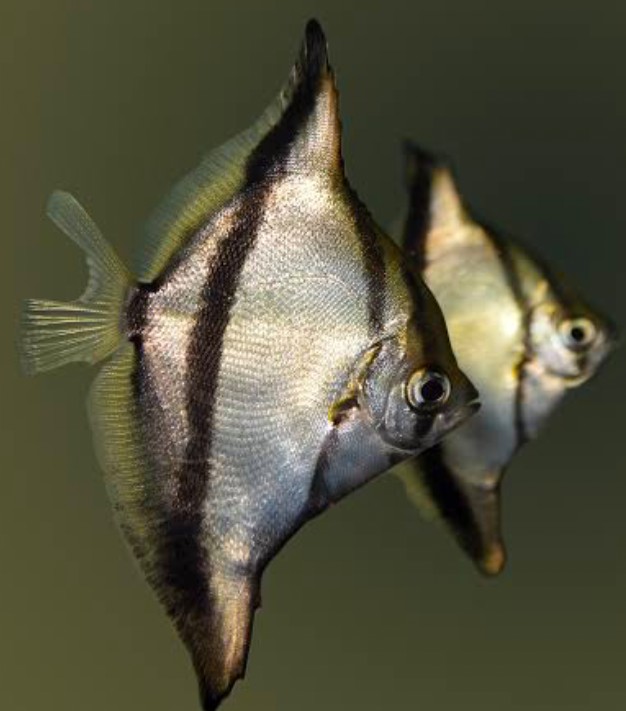
Here are some compatible Columbian Shark tank mate suggestions:
- Monos
- Scats
- Garpikes
Species to Avoid
Following the above recommendations, you must avoid small tretras, snails, and timid bottom-dwellers as tank mates for Columbian Sharks.
Breeding Behavior and Captivity Limitations
Columbian sharks are aquarium fish that require marine transition and specific reproductive needs, so home breeding isn’t feasible. So, most available specimens are wild-caught or farm-raised.
Breeding Info
Columbian Shark breeding challenges largely stem from their environmental needs. Most home aquarists fail because it’s hard to simulate marine conditions, especially for species with migratory patterns.
Reproductive Status
To succeed in captive reproduction of Ariopsis seemanni, you must have large open waters in a commercial farm with access to sophisticated machinery.
Unfortunately, this is not a mean feat, so no successful aquarium breeding reports exist.
Common Health Issues and Maintenance Guidelines
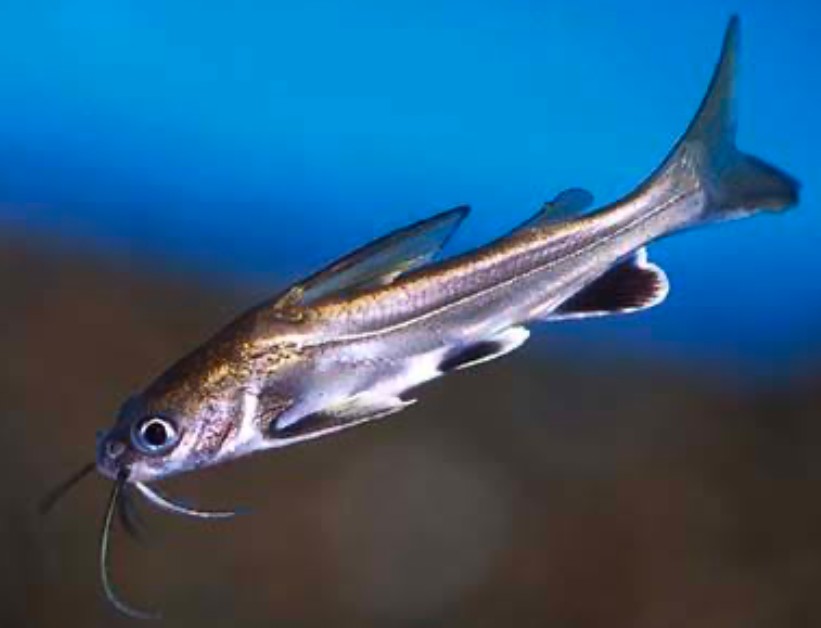
With the Columbian Shark health tips in this guide, you can reduce the risk of common problems facing marine species like
- Salt imbalance stress
- Fungal infections and
- Ammonia sensitivity
Watch For
Lethargy, faded barbels, rapid gill movement
Preventative Tips
Following the instructions for an ideal tank setup, dietary needs, schedule, and tank mates is the foundation for brackish fish disease prevention in aquariums.
Specific actions you can take are:
- Prioritizing salinity management for aquarium fish that need brackish conditions. Stabilize the water salinity using Specific Gravity (SG) or Parts per Thousand (ppt). Scroll up for the recommended range in marine water.
- Perform gradual acclimation when migrating your Columbian Shark from one tank to another.
- Regular water testing for optimal parameters keeps you on top of your management game.
- Setting high oxygen levels ensures your pets don’t face respiratory distress.
- I recommend making weekly water changes to maintain pristine conditions. We recommend making slow and gradual changes of 20 – 25% per week to reduce the risk of stressing the fish.
- Avoid using copper-based meds when treating sickly fish.
Lifespan and Advanced Care Considerations
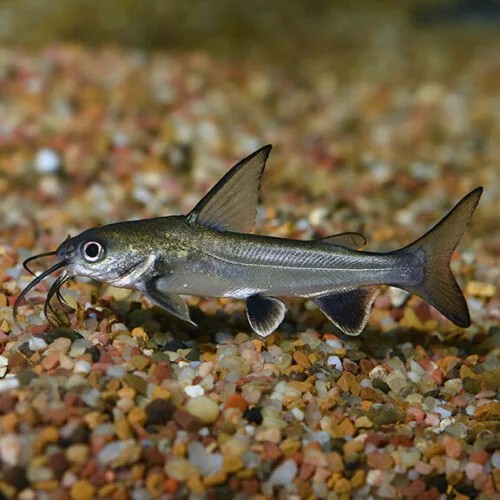
Giving your pets proper care and maintenance means your Ariopsis seemanni’s lifespan can extend between 10 and 15 years. But these tips won’t come to you naturally. Instead, you must do periodic species research into brackish-to-marine adaptability and prepare for a long-term tank commitment to caring for your Columbian Shark catfish.
Growth Expectation
Part of advanced aquarium fish care is preparing for your Columbian Shark catfish’s rapid growth. It will grow to over 12 inches long in its adult stage, so provide a medium – to large-sized tank for housing.
Advanced Care Note
Only keepers experienced in brackish or marine care should venture into Columbian Shark ownership because, as a long-term care brackish species, this catfish will test you.
Conclusion: A Stunning Choice for Dedicated Hobbyists
It’s time to review your Ariopsis seemanni’s final care summary. Getting to this part of the guide means you’re ready for a long-term commitment. So let’s review the features of this unique brackish water fish and its benefits to your aquarium.
The Columbian Shark displays its beautiful silvery gray scales and creates a visual appeal with its active swimming behavior.
Only experienced aquarists are ready to provide specific Columbian Shark aquarium care, such as setting up and maintaining the right salinity in a large tank space and providing adequate nutrition.


